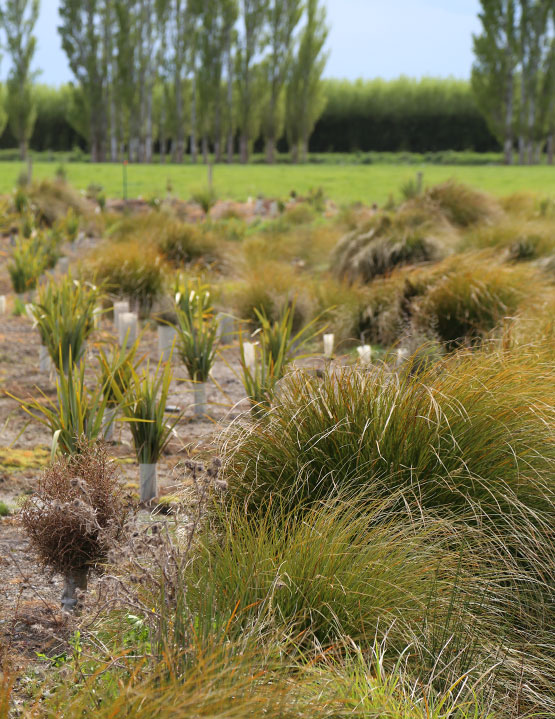Mātauranga Māori monitoring programme to integrate cultural values into restoration within the Te Waihora / Lake Ellesmere catchment.
The Living Water partnership is focused on improving biodiversity and water quality at five significant catchments across New Zealand where intensive dairying exists, the Ararira / LII River was one of these catchments. Boffa Miskell was contracted to help identify cultural values in the catchment for restoration
Boffa Miskell proposed to undertake a mātauranga Māori monitoring assessment from the top of the catchment to the bottom. Using the State of Takiwā tool, various sites along the length of the catchment were assessed.




